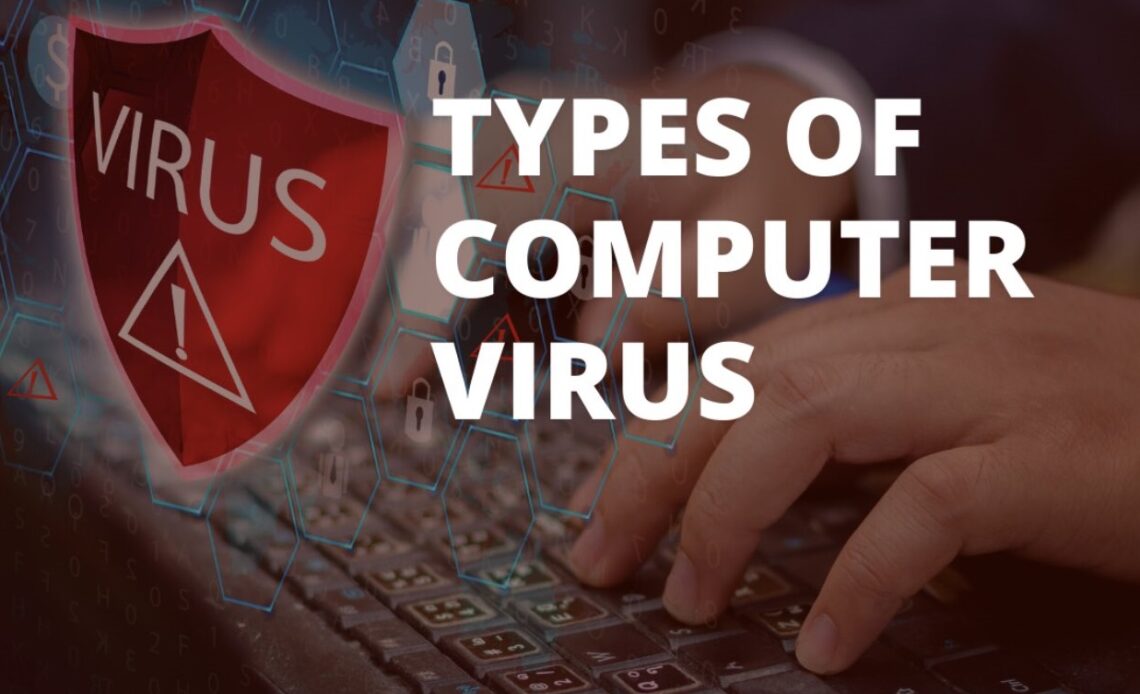
Viruses can enter almost any device, from Windows and Mac computers to iPhone and Android devices. This is true. Even mobile phones are vulnerable, especially Android phones – a recent report found that Android devices were responsible for 26% of all infected machines, including Windows PCs, IoT devices, and iPhones.
And while it often comes to notice that Macs are more secure than PCs, recent data suggests that’s not entirely true, as Macs now detect more endpoint threats than Windows PCs. But whatever it is, don’t worry. We have summarized the most common 10 types of computer viruses:
Macro Virus
This type of computer virus is usually found in Microsoft Office programs. Word and Excel files are my favorite places to embed macro viruses. Like most other viruses (except for whitespace – more on that later), macro viruses increase file size when they infect them because they attach their code. Once a macro virus infects a file, it can quickly spread to other computers if it is shared via email, for example Proofpoint.
Boot Sector Virus
Like the Beeper and Tamagotchi, boot sector viruses were terrible little things that made prominent in the 1990s. One of the oldest types of viruses, boot sector viruses go straight to the core of your computer and interfere with the startup or “boot” process. In the past, this virus spread via floppy disks. Currently, they are attached to an email or USB stick. If your computer catches one of these, you’ll need an expert to do a complete system reformat (Windows, Mac) to remove this computer virus.
Trojan Horses
Named after the giant wooden horse that the Greeks hid to enter the ancient city of Troy, they are one of the most dangerous computer viruses. Trojan horses are in use by cybercriminals and disguise themselves as regular programs, tricking you into installing them on your computer. Once installed, the virus gains access to your computer files and collects your personal information – think passwords and online banking information. Hackers can then use it to make online purchases using your bank account or reveal your personal information.
Overwrite Virus
When it comes to pests, they take first place. Rewriting viruses usually take over files and delete the original code without realizing it. Once deleted, you cannot recover the original files, and you will lose the data. They are often spread via email, attachments, or by downloading files from the Internet, so always scan files with antivirus software before downloading and opening them. It will help you catch those viruses before they can even cause problems.
Browser Hijacker
As the digital equivalent of scam vendors, browser hijackers hijack your web searches and redirect you to pages you don’t want to visit. While they are not as dangerous as other types of viruses – they trick you instead of stealing you – browser hijackers are still a nuisance problem as they significantly reduce your UX while surfing the web. You may have a browser hijacker if you receive many random pop-up ads or your default browser has changed on your homepage without your notification. Always scan email attachments before opening them and avoid downloading files from suspicious websites to avoid browser hijackers.
Web Scripting Virus
This is for modern times. Webscript viruses are very clever little bugs that blend into the background of popular websites – usually social media platforms. They disguise themselves as regular links and trick you into clicking on them. Then, like a greedy schoolyard bully, they steal your cake. OK, different cookies – we’re talking about the types of cookies that store your information. However, web script viruses are not to be taken lightly – they can spam your system, corrupt your data, and spread faster than most viruses.
Polymorphic Virus
This is a sneaky virus. Like a chameleon that changes color in every situation, a polymorphic virus changes with each replication. It makes most antivirus programs challenging to maintain. Once it gets into your computer – usually via an email attachment or a download from a suspicious website, it’s free to delete your files, steal your data and generally sabotage your system. The bad news is that these moody scammers are on the rise. The good news is that the best antivirus programs are starting to adapt to them, using more sophisticated scanning techniques to catch these chameleons in action.
Resident Virus
One of the most common 10 types of computer viruses you will (hopefully not) come across. These insidious little fleas find their way into your computer’s memory, completely uninvited, and return home. Just think of your annoying old roommates who used to come every night and steal your Ben and Jerry’s from the fridge. Viruses can still originate from email attachments, downloads with infection, or sharing of files and then activate when your computer performs specific actions; and can even attach themselves to antivirus software and spoof what you need to download. Take help from the experts.
Multipartite Virus
Sometimes referred to as “multi-component viruses,” these flexible demons are on the rise. While most viruses attack the computer’s central boot sector or files, MultiSite can do both. Universal viruses are difficult to prevent, which explains the rapid rate of multilateral growth in recent years. Their distribution is via .exe files – i.e., programs like Word and Excel. How do you know if your computer is infected with a multi-layered virus? This virus eats up your virtual memory like no other, so expect lots of “Your computer is almost out of virtual memory” messages, and your computer slows down suddenly.
Spacefiller Virus
Also known as “cavity viruses,” space-filling viruses find empty spaces in program code and jump right in, adding their code. Therefore, they do not resize files (as other viruses do), making them very difficult to detect. Most antivirus programs have trouble finding space. However, there are some handheld virus scanners that tech experts use to get rid of them. Fortunately, they are not only difficult to detect. However, also challenging to create, and there are not many file types to attach. It makes space-filling viruses very rare.
Summing Up
To end this discussion on 10 types of computer viruses for our readers, we have covered some of the famous viruses. We recommend getting help from experts to get your computer or laptop free from such types of computer viruses.


